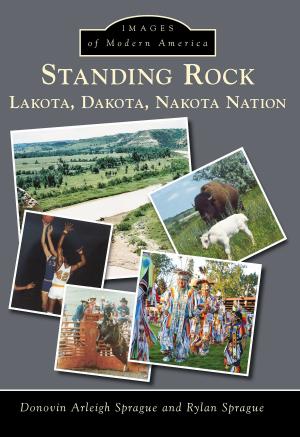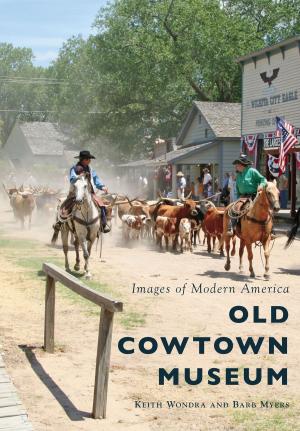American Indians of the Pikes Peak Region
Nonfiction, Art & Architecture, Photography, Pictorials, Travel, Social & Cultural Studies, Social Science, Cultural Studies, Native American Studies, History, Americas, Native American| Author: | Celinda R. Kaelin, Pikes Peak Historical Society | ISBN: | 9781439618400 |
| Publisher: | Arcadia Publishing Inc. | Publication: | May 12, 2008 |
| Imprint: | Arcadia Publishing | Language: | English |
| Author: | Celinda R. Kaelin, Pikes Peak Historical Society |
| ISBN: | 9781439618400 |
| Publisher: | Arcadia Publishing Inc. |
| Publication: | May 12, 2008 |
| Imprint: | Arcadia Publishing |
| Language: | English |
Thousands of years before Zebulon Pike�s name became attached to this famous mountain, Pikes Peak was home to indigenous people. These First Nations left no written record of their sojourn here, but what they did leave were stone circles, carefully crafted arrowheads and stone tools, enigmatic petroglyphs, and culturally scarred trees. In the 1500s, Spanish explorers documented their locations, language, and numbers. In the 1800s, mountain men and official explorers such as Pike, Fremont, and Long also wrote about these First Nations. Comanche, Apache, Arapaho, Cheyenne, Kiowa, and Lakota made incursions into the region. These nations contested Ute land possession, harvested the abundant wildlife, and paid homage to the powerful spirits at Garden of the Gods and Manitou Springs. Today Ute Indians return to Garden of the Gods and to Pikes Peak each year to perform their sacred Sundance Ceremony.
Thousands of years before Zebulon Pike�s name became attached to this famous mountain, Pikes Peak was home to indigenous people. These First Nations left no written record of their sojourn here, but what they did leave were stone circles, carefully crafted arrowheads and stone tools, enigmatic petroglyphs, and culturally scarred trees. In the 1500s, Spanish explorers documented their locations, language, and numbers. In the 1800s, mountain men and official explorers such as Pike, Fremont, and Long also wrote about these First Nations. Comanche, Apache, Arapaho, Cheyenne, Kiowa, and Lakota made incursions into the region. These nations contested Ute land possession, harvested the abundant wildlife, and paid homage to the powerful spirits at Garden of the Gods and Manitou Springs. Today Ute Indians return to Garden of the Gods and to Pikes Peak each year to perform their sacred Sundance Ceremony.















